I love a game with a cool, interesting main character. But you know what I think I might love even more? A game with multiple cool, interesting main characters. Why not, right? Modern video games are huge! They’ve got room to spare. I love a hero as much as the next red-blooded American, but it’s time to keep expanding.
Spoilers: I spoil some plot twists from Red Dead Redemption, L.A. Noire and Max Payne 2 in this article. Fair warning.
Video games have, by and large, traditionally told the story of one character. That hasn’t been true of all games, of course; plenty of games over the years have had more than one protagonist. Red Dead Revolver, Eternal Darkness, adventure games like Maniac Mansion and Space Quest IV, and of course, Resident Evil, all had more than one protagonist.
Why not, right? Modern video games are huge! They’ve got room to spare.
The Call of Duty games may not feature the most memorable playable characters, but they’ve been having fun experimenting with the concept for years. Quantic Dream auteur David Cage has been in the multiple-protagonist game (so to speak) for a while now. While his most recent game Heavy Rain had its share of flaws, its phalanx of dramatic lead actors was certainly one of its most interesting aspects, and allowed for many interesting, uncommon twists and turns. His upcoming Beyond: Two Souls seems to focus on just two characters, but the title alone suggests that their relationship will be central to the story.
That said, the default paradigm for most story-based video games is to put players in command of a single character and leave them there for the game’s entire run, which can go on for dozens of hours. It’s no wonder people don’t finish most games they start; it seems there’s only so much of one character’s story most people can handle.
Fortunately, mainstream games appear to be catching on to the many opportunities provided by multiple playable characters in increasing numbers. Recent big-budget games like Assassin’s Creed III and The Last of Us have done cool things with the idea, while The Walking Dead‘s recent 400 Days episode starred not just one but five protagonists.
Indie games are getting in on the action as well, with Monaco telling a Rashomon-style multiple flashback tale and the upcoming Hotline Miami 2 diverging from its single-protagonist narrative to tell a story from multiple angles.
And of course, Rockstar Games has been in the thick of it. (That excellent top image, by the way, is of every major Grand Theft Auto protagonist. It’s by Patrick Brown, who I’d imagine will be updating it at some point now that we know about the other two GTA V characters.)
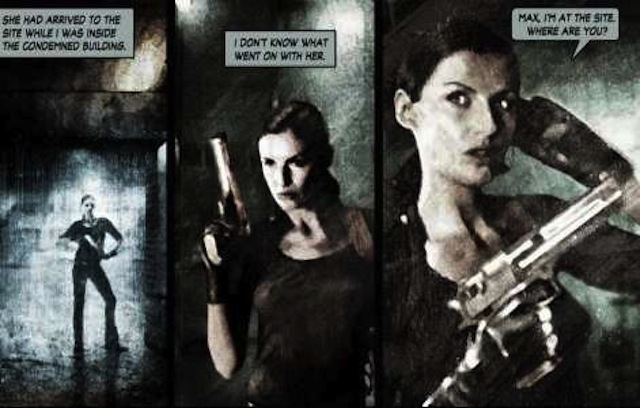
I still remember when, in the Rockstar-published Max Payne 2, I was suddenly tossed into the boots of the deadly Mona Sax and proceeded to play through a mission twice, from both Mona’s and Max’s perspectives.
That decision may have been made by developer Remedy, but clearly someone at Rockstar was paying attention. Rockstar’s own first high-profile dip into multiple plotlines came with the Grand Theft Auto IV expansion episodes, both of which introduced two new protagonists to Liberty City and smartly wove them into the main narrative. Taken as a whole, GTA IV painted an indelible portrait of a massive city through the eyes of three different characters.
Both Rockstar’s L.A. Noire and Red Dead Redemption introduced surprise character flips right in the main narrative. In L.A. Noire (written by Team Bondi’s Brendan McNamara but once again published by Rockstar) it turned out that your protagonist Cole Phelps wasn’t really such a great guy, and in taking on the role of private investigator Jack Kelso near the end of the story, we were able to see the narrative through to its conclusion from a second perspective. Ditto the smashing ending to Red Dead Redemption, which had protagonist John Marston dying in a hail of U.S. Government gunfire, only to flash forward and put players into the spurs of his son Jake for one last vengeance-fueled pistol duel.
Bearing the studio’s history in mind, it’s not a huge surprise to see that GTA V will tell a many-pronged story. But it’s a welcome development nonetheless. Furthermore, while the multi-character stuff in past Rockstar games was always treated as a big twist — surprise! It’s a switcheroo! — here, it’s being sold as a core part of the story and the game.
Here’s the three-character stuff in action:
While the heist parts of that demonstration look really neat — more or less the same kind of stuff explored by tactics/strategy games including the upcoming The Bureau: XCOM Declassified — I’m even happier to see how the multi-character stuff works while goofing around in the game’s open world. The idea of quickly flipping between three different characters, each doing his own thing at different places in this vast world, is tantalising.
We’ve become so used to the old open-world formula: You are one character, a single point of entry in a vast space. It’s fine, for what it is, but it’s begun to feel so, well, ordinary. Finally, here’s a game that might approach telling an open-world story in a genuinely new way!
I thought I’d break down some of the reasons I think games with more than one playable character are exciting.
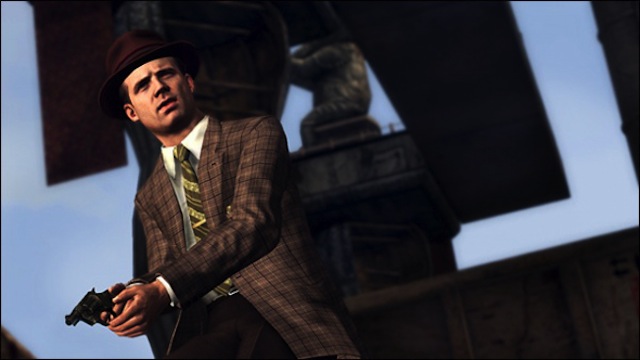
Games can maintain an interesting story for a longer period of time
Mainstream games have something of a pacing problem at the moment. A big-budget single-player game is about as long as a TV season, but it’s constructed and paced like a blockbuster action movie. Movies, obviously, have to maintain interest for a much shorter period of time than games or TV shows.
If game writers want to look to one form of media to learn how to keep their stories interesting for the duration of their games (and in so doing head off the huge numbers of people who never finish singleplayer games), they’d be wise to look to TV for answers. (See: The episodic structure of Mass Effect 2 or the actual episodic release schedule of The Walking Dead.)
Almost every successful TV show gets a ton of mileage out of its supporting cast, often through some mixture of design and necessity. It varies by show, but look at, say, David Simon’s great ensemble dramas Treme and The Wire. Simon’s shows manage to tell the sweeping stories of two cities — New Orleans and Baltimore, respectively — and they do so by constantly hopping from character to character. (Amazingly enough, Grand Theft Auto lead writer Dan Houser told The New York Times that he’s never watched either Treme or The Wire. Unbelievable!)
Think of it this way: A character is like a course in a meal. If you play a 20-hour game as a single character, you’re going to an all-you-can-eat buffet and getting nothing but salisbury steak. Salisbury steak is great, but why not add some variety? It’ll take you a lot longer to get sick of any one thing, and you’ll get waaaay more bang for your buck.
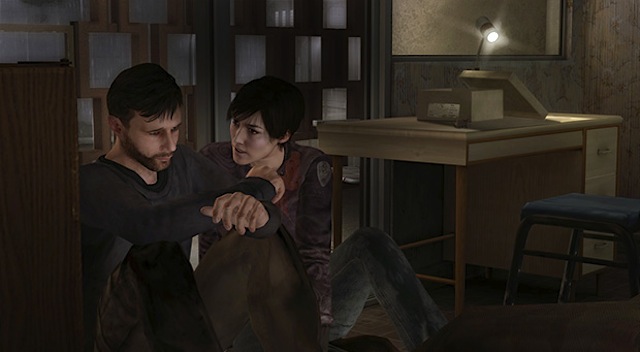
Games can explore relationships in interesting new ways
You know what games are great at? Illustrating and exploring systems. What I mean by that is that games aren’t just good at telling interactive stories, they’re good at “describing” the way interlocking, complicated organisms work. In Civilization you don’t just watch a nation try to curry favour with the U.N., you do so yourself over a span of generations. In Company of Heroes you don’t just command a soldier on the battlefield, you take control of the entire Normandy invasion force and in so doing, learn to understand how real historical events unfolded and why.
There may be no more complex interlocking system than a relationship between two people. And with more than one playable character, games can do so, so much to explore that system.
What a thrill it is when games let you see a situation from more than one perspective! I got such a kick out of playing GTA IV: The Lost and Damned and seeing the sequences I’d played in the main game from a different perspective. Or, to get more artsy about it, let’s say a game has you play both sides of an argument. As you do so, you’ll come to understand how both characters think they’re in the right.
The possibilities, as they say, are endless. With multiple playable characters, games can (and some do) leverage systemic interactivity — one of the things video games do better than any other media — to tell stories in a really interesting way.
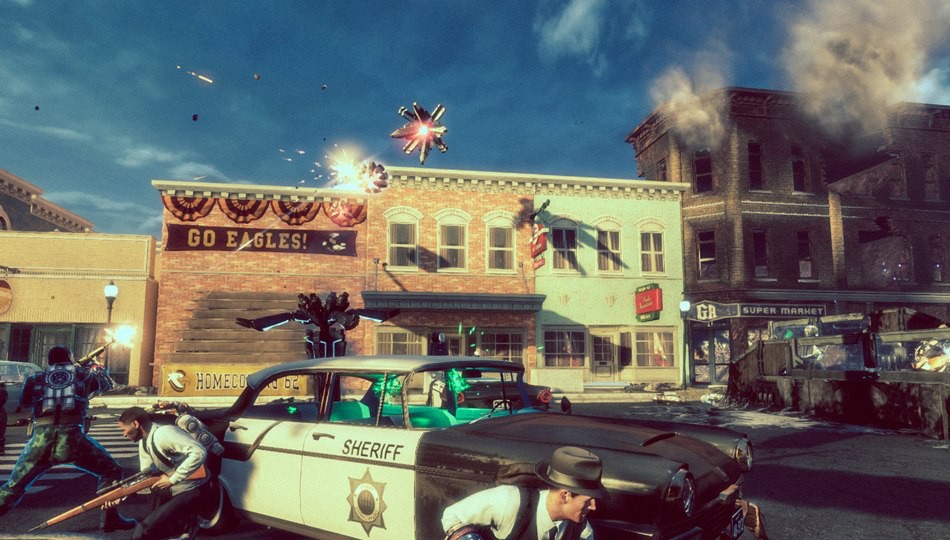
It opens up new gameplay possibilities
As we saw most recently in that GTA V trailer but have seen in plenty of other games before that, multiple playable characters can make basic video-game stuff like “gunfight” or “chase sequence” much more interesting. Taking turns controlling the guy on the ground, the sniper across the way, and the dude in the helicopter doubtless gives you a much broader, more interesting view of a heist. Or take what Driver: San Francisco did, ingeniously allowing you to push your character’s consciousness from his car into the drivers around him, taking control of multiple drivers across a single chase sequence.
Again, possibilities: endless.

It’s ripe for multiplayer
We play games together these days, and games with multiple main characters are far more open for interesting multiplayer and co-op. When playing two-player co-op, no longer do we need to have two Master Chiefs in the game but one Master Chief in combat (as we did in Halo but not, notably, in Halo 3). Why not write the game around two characters controlled by two people doing two things at the same time in different places in a mostly singleplayer world? When we talk about “Next-Gen” video game ideas, that one sure seems a cut above better graphics and lighting effects.
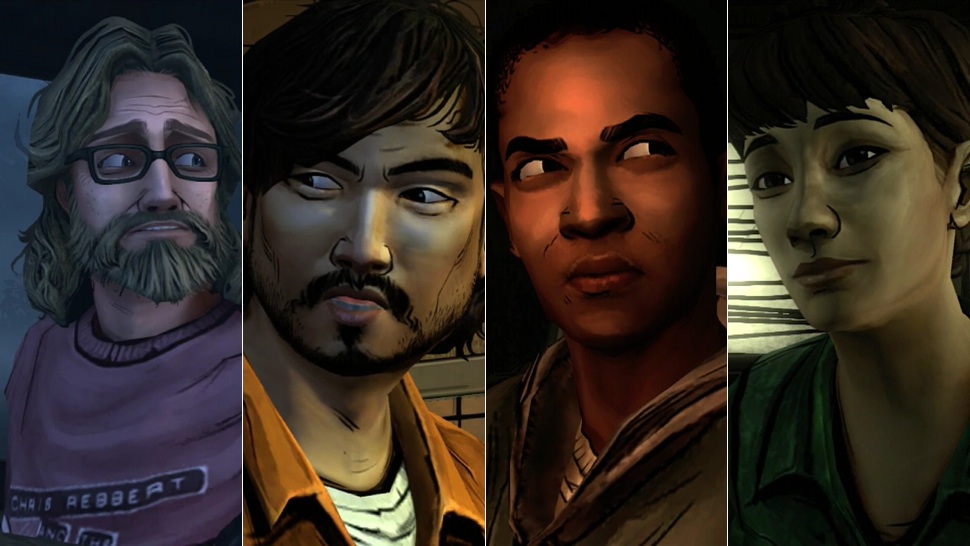
Games can have a more diverse cast
Apparently video games need to star a white dude in order to get made. Or something. But if you’ve got more than one main character, that changes. You can have a white dude and a black dude! And a hispanic dude! Or even… gasp… a woman! And yeah, OK, from what we’ve seen, GTA V didn’t get all that exciting with its cast. But other games have, and in the future, more games will.
And that allows for more diverse storytelling
Related to that last one, if you’ve got a more diverse cast, you can experiment with a ton of different kinds of stories. In Heavy Rain, we got to play as a bereaved father but also as a high-tech detective, and as an investigative photojournalist and a private eye. In GTA V, we’ll get to be a beleaguered ex-criminal dad but we’ll also get to be an ambitious gang member and a crazy-ass hill person. In games like those, it’s possible to tell a variety of different stories with a variety of different tones without jarring the player by cramming too much variety into one character.
Take GTA IV, where one minute Niko was a humble immigrant fresh off the boat and the next, a high-flying secret agent. And the next, a real estate mogul, and the next and the next… Spreading that out among multiple characters significantly lightens the load and lets each story be much more focused.
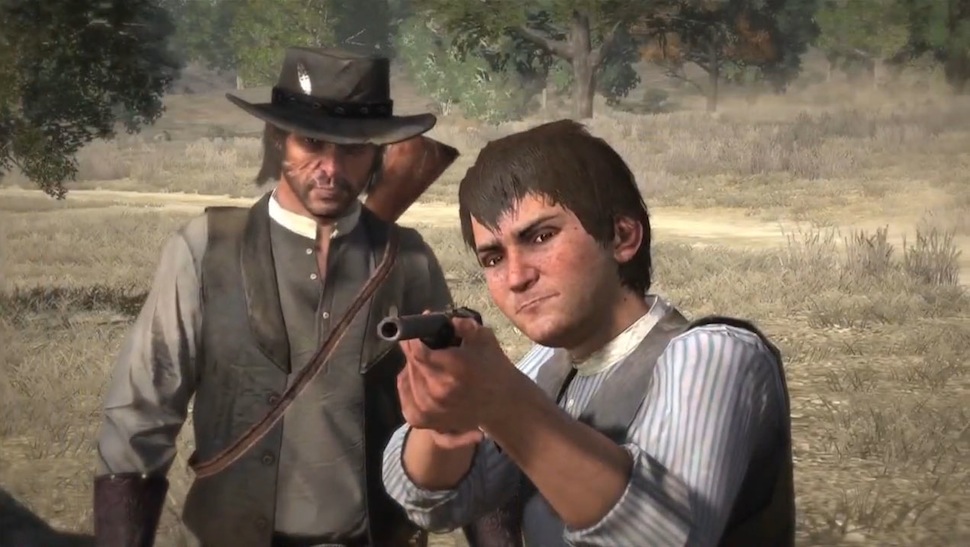
Games can take risks they wouldn’t otherwise take
This one’s maybe the biggest: With multiple characters, you can do things that you wouldn’t be able to do in a one-character game. (Paging Call of Duty.) Want to kill one of the characters off halfway through the story? Go for it! Want to throw one character in prison and have him or her be unplayable for a while? Cool! Want to have one character turn out to be an undercover cop, or an enemy mole? Sweet! So many things that would be impossible or at least difficult in a single-character game become possible with more than one main character.
As I said at the outset, I don’t mean to suggest that multi-character video games are an entirely new thing. I’m also not saying that games with a single character are bad or anything — it can be really cool to forge a bond with a single character over a long period of time. But the increasing adoption of the multi-pronged approach in big-budget games feels like a trend, and as far as I’m concerned, it’s a trend in the right direction.
It’s a writer’s paradise, really. The restrictive single-character conventions to which games normally adhere vanish, replaced with door after open door. I’m happy to see that mainstream games are fully embracing the notion of true ensemble drama, and I’m looking forward to seeing where they go from here.
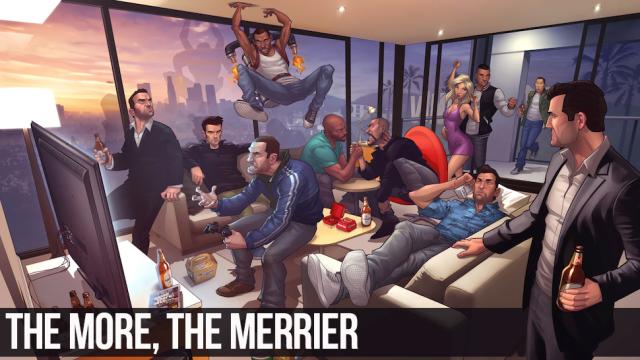
Comments
20 responses to “Who Needs A Hero? Let’s Have More Games With Multiple Main Characters”
But… but Call of Duty did let you play as multiple different characters. Right from the outset. The very first game in the series had three different campaigns from the point of view of three different people.
yes, but did you actually care which character you were or why they were there?
No, but that’s sort of beside the point. Whether the protagonist and other characters are remotely interesting isn’t a function of how many there are – what matters is the quality of the writing.
I’m suddenly reminded of Idiocracy… “We used to care who’s ass it is, and why they were farting!”
I thought the ‘paging call of duty’ was a reference to that fact, so the good Dr. CoD could come school other games in how to kill off your main character without immortality mcguffins.
this
Definitely great potential here with these concepts taken further. Like in the films “how the west was won” or “giant” it’s be amazing if you could play through a game world through multiple generations and see the effects the previous generations have added as it grows.
Red Dead Redemption’s coda is just the beginning.
did you not play any CoD you do play through as multiple characters. Some of your examples like civ and company of heroes are imo bad examples as you are never controlling single characters but armies and cities who you don’t get to know and understand like a character. As for the change I find games are more fun with a single character as you get to truly know them where as constantly changing just becomes confusing and you don’t really come to know and love the characters your dealing with.
pic is gold, i sent it to my mate, now were playing ‘Who’s that character!”
but were both stumped on the chick in the pink dress…
(ps, would make a fun game for later on, a character collage and play ‘spot that character’)
Good article, great read. I will still reserve judgement until I play GTA: V. I still loved running around as CJ (& only CJ) in GTA: SA!!!!
This is all fine and dandy if every game was amazingly well written with deep characters. However some developers can’t even manage to write the hero in a way that is interesting.
There are a lot of games that play well but are really, really dry. If a developer tries to add characters with no substance into a story with no substance, it will turn a lot of gamers off.
Devs know their limits, those with less than amazing writers pour everything into gameplay. Crowbaring in extra characters isn’t going to be an amazing experience, it’s going to cause extended games for no other reason than “we can”
Clive Barker’s Jericho.
that is all.
*wince* Ow. Hey… Look. Not all games… hm. I… Er. Just because… hm.
Ow.
Oh, oh, I know. One bad apple!
Space Quest IV didn’t have multiple characters. In that whole series you only ever played as Roger Wilco. King’s Quest VII had 2 main characters, but not Space Quest.
That GTA pic at the start is pretty epic…
That one was done by fellow Aussie Patrick Brown: http://patrickbrown.deviantart.com/art/Grand-Theft-Auto-Legends-2012-308060832
Oh wow! That guy’s whole gallery is all kinds of epic 😀 😀 thanks for the link
yup, I’m looking forward to seeing if that sort of stuff turns out though
Lots of people hated it, but I really enjoyed playing as Kai in Heavenly Sword. I thought they were cool breaks from the usual gameplay. And Nariko, and Kai where both interesting, distinct characters.
Spoilers
Playing The Last of Us got me thinking that it would be really interesting to periodically play as the “villain”. Since finishing TLoU, I’ve spent a lot of time thinking about the world from the David’s perspective. From Joel and Ellie’s world, David seems like a black-and-white monster. But if you extrapolate the few sparse background details you get about David, you find that the situation is much more complex.
In a world of gray morality you can get some pretty powerful moments from subverting the viewer’s perspective. Imagine how jarring it would be to view Joel’s brutality from the enemy’s POV?
Imagine a story where the characters are enemies, but you never really decide who the protagonist is. Real life doesn’t have “heroes” and “villains” (usually), so doing this would make the game feel far more real.